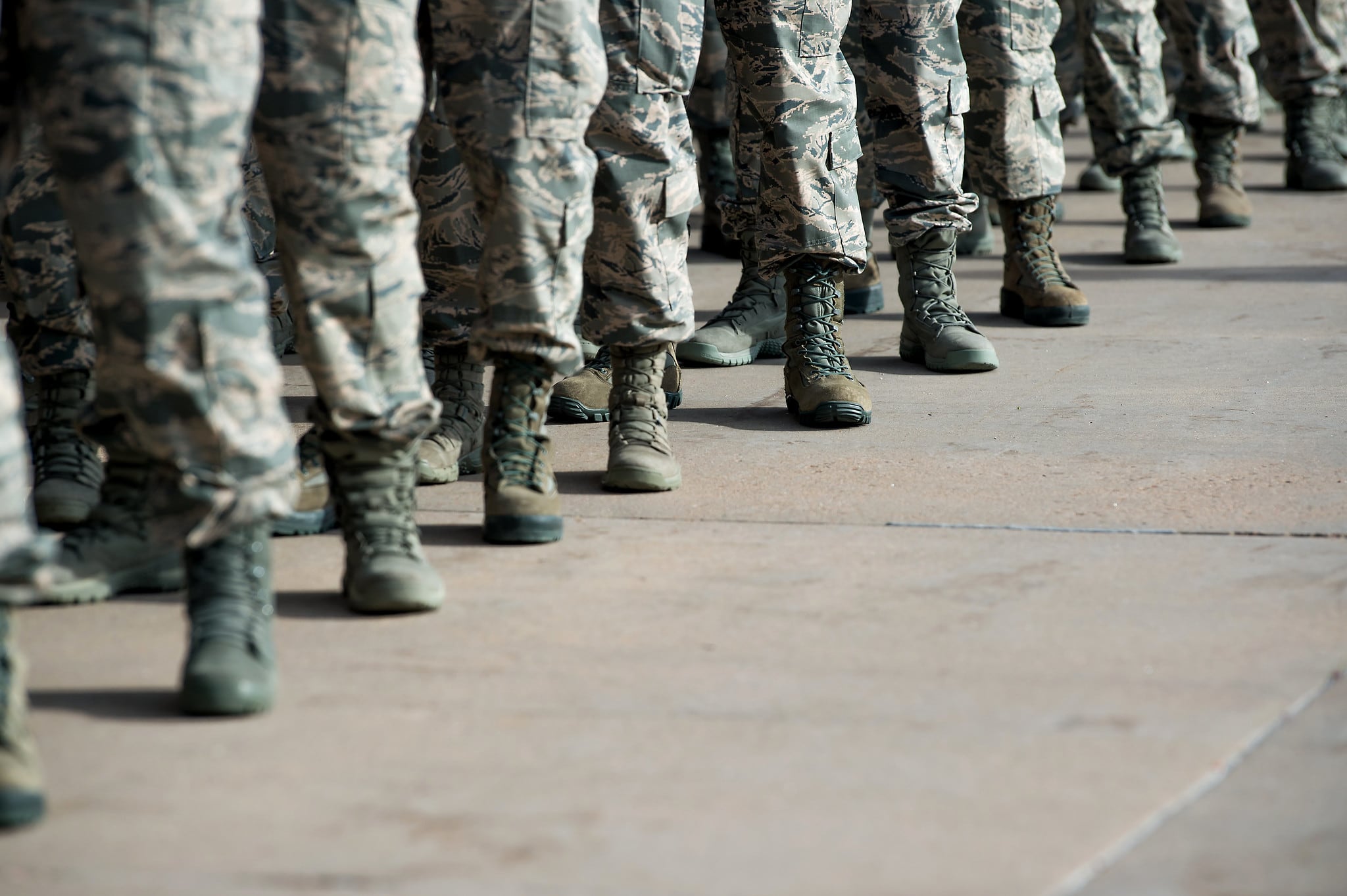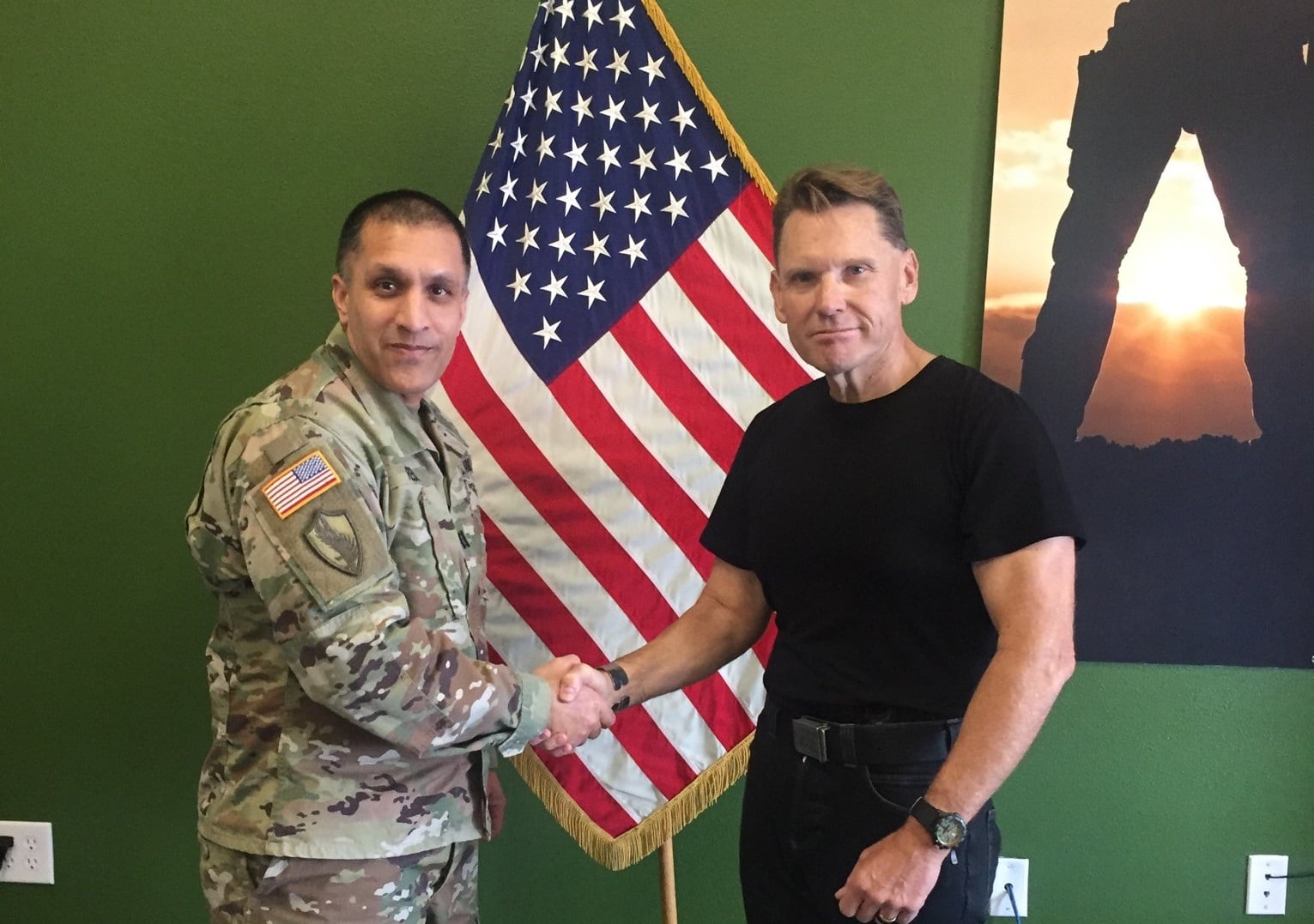The following is the introduction for the book “Only the Young Shall Die” by Peter Polack and Jack McCain.
As counter-intuitive as it would appear, the average age of young men dying in combat has decreased substantially from the mid-twenties of earlier wars to the late teens. One estimate puts the average age of Union soldiers during the American Civil War at just under twenty-six years old. A report on enlisted men from North-West England in the Great War puts the average age of dead soldiers at twenty-seven years old but more nineteen year olds died than any other age group. By World War II the average age of the US fighting man was still twenty-six years.
In the Vietnam War the average age of soldiers killed in action had declined to 23 years and twenty percent of those killed were less than twenty years old. Whilst it is tempting to be distracted by the use of the term average which ultimately benefits future recruiters, the simple fact is that sixty-one percent of those killed were under the allowable age for drinking in the USA, twenty-one years old.
A snapshot of this evolving paradigm came on 10 July 2009 when five UK servicemen with an average age of twenty years were killed in the very dangerous Helmand province of Afghanistan. Three of the dead soldiers were only eighteen.
Perhaps the best conclusion was given by President Franklin D. Roosevelt who pronounced this verdict from a familiar seat to some returning veterans, his wheelchair:
“War is young men dying and old men talking.”
SFC David D. Hack, US Army (Ret.) came up with this analysis of Vietnam War casualties:
• Five men killed in Vietnam were only 16 years old.
• Of those killed, 61% were younger than 21 years old.
• 11,465 of those killed were younger than 20 years old.
• The average age of the 58,148 killed in Vietnam was 23.11 years.
The transgression that is military service by too young a person is not erased by the fact of repetition over the centuries based not on the human right thing to do but military theory adopted by rote. The fact of hundreds of thousands of underage males in service must of necessity mean exposure to harsh military discipline in that event or capture and imprisonment as a prisoner of war.
RELATED

If U.S. Sgt. Bowe Bergdahl had taken a more extreme position in 2009 with the Taliban and actually joined them as a combatant, then he could have ended up on the Leavenworth death row with Nidal Hasan, the Fort Hood mass shooter from that same year. Any eighteen year old soldier in those similar positions would face the same penalty.
The U.S, Military seems to agree with the concept of older recruits with a policy change by the Air Force in June 2014 when the maximum age for enlistment was raised from 27 to 39 years of age. The enlistment age restrictions for the Army, Navy and Marines are 35, 34 and 28.
In a version of the moving goal post of necessity the U.S. Army announced in 2006 that they were increasing the maximum enlistment age to forty-two years old, the second time in six months having previously raised it to 40 years old.
The UK Ministry of Defence raised the enlistment age limit for its Army Reserve in November 2014 to 52 from 43, individuals with specific qualifications or experience 45 to 50. The announcement included references to older soldiers sharing knowledge and experience as well as widening the recruitment pool. It was stated that this was part of a plan to reduce the regular Army by bolstering the number of Reservists.
It is a clear example of the law of supply and demand. The military is rarely this nimble except in the cases of urgent manpower shortage. There can be no argument that the large investment over time in the very capable non-commissioned officer ranks in all branches of service should justify opportunities for extension of service by the willing for the needy. Similarly, if persons of advanced age are already serving in country in combat zones, there can be no reason to deny access to experienced volunteers at elevated pay despite diminished rank. If soldiers are serving their country at fifty or fifty-five there should be no bar on enlistment.
RELATED

The United States will allow enlistment of a seventeen year old teenager into their military with parental consent and eighteen year old without that consent. There are many aspects of law where certain individuals such as underage girls and more recently, boys, are incapable of consent. Surely this should apply to an equally dangerous scenario with even greater potential harm to the underage person.
There is a greater debate in Britain than in America over the minimum enlistment age of boys into the military perhaps because the age is so low in the United Kingdom. A boy can apply for military enlistment in England at the age of fifteen years and seven months with parental consent to join at sixteen years old.
Lack of employment opportunity, drug use or gang activity cannot be a stanchion in the age enlistment debate. There can be no reasonable objection for a widening of the Peace Corps or AmeriCorps to an extended and expanded non-combat military cadet corps that would provide a ready pool of informed volunteers in that event and at a proper age. The surprise may be a possible massive recruitment from such a new paradigm of millennials or boys from the U.S. northern states hereto before the glaring hole in U.S. military enlistment or properly, the elephant in the Pentagon.
One realistic point of view is that a large majority of potential underage recruits fail early for health, academic or criminal history reasons. A senior military officer put the actual recruitment pool at less than five percent of the available under twenty-five year olds and even down from that for deduction of failures in the Armed Forces Qualification Test.
The most glaring contradiction comes from comparison with the enlistment age for the equally dangerous and demanding job of police officer. While some rules vary, the general minimum requirement is twenty-one years of age with many forces having extended maximum age limits. In this the police services have shown a greater understanding of youth and the necessity of a mature mind for a difficult job.
What is called for is an open discourse and transparency for recruits in a meaningful way that the following may befall them: training injury or death, battlefield injury or death, capture and imprisonment, abuse or death in captivity, dismemberment and disability, lifetime confinement to a wheelchair, personal upheaval, PTSD, suicide, chemical or biological injury and lately, confronting fellow citizens during protests, peaceful and violent which may be the greatest of conundrums.
RELATED

The compelling necessity to raise the enlistment age takes on a new urgency in a world awash with demonstrations and protesters often facing the military. The only thing more dangerous than a young soldier in Afghanistan is a too young soldier in a city protest. The general public should consider the likely age of the military confronting them on their next peaceful march and whether they would prefer confrontation with enlisted personnel of similar age rather than an armed teenager. The modern paradigm demands a more mature military.
Finally and to be clear, this is no promotion of anti-war sentiment. War has been a necessary evil for centuries most of it unnecessary but often inescapable like the American Civil War or The Second World War.
The two greatest threats to the free world will come from the East and they must not face young, inexperienced and weak minded opposition. They must be met with seasoned men wishing to protect family, home, neighbor, town and nation to the last. A philosophical but realistic approach to what will be a war of wills at all levels over extended areas and time. Preparation must start by the early assembly of mature enlistment who know what is to be lost.
Lions to the battle, not lambs to the slaughter.
Peter Polack is a former criminal lawyer in the Cayman Islands for several decades. His books are “The Last Hot Battle of the Cold War: South Africa vs. Cuba in the Angolan Civil War” (2013), “Jamaica, The Land of Film” (2017) and “Guerrilla Warfare: Kings of Revolution” (2019). He was a contributor to the “Encyclopedia of Warfare” (2013). Research on the Angolan book led to the first international release of Cuban casualties of the Angola War published in the Miami Herald on Feb. 20, 2010. His article, Syria: The Evolution Revolution was published in the U.S. Army John F. Kennedy Special Warfare Center magazine June 2014. He was a reporter for Reuters News Agency in the Cayman Islands, 2014 -2019.
Jack McCain is a United States Navy Reserve helicopter pilot with HSC-85. McCain served in Afghanistan with the 738th Air Expeditionary Advisory Group helping to build the Afghan Air Force’s first Black Hawk squadron in Kandahar, Helmand and Urozgan. He is the latest soldier descendant of a distinguished multi-generational military family. His first book was “Angola, Clausewitz, and the American Way of War” (2017) and he has published articles in Small Wars Journal, including one on the famed Buffalo Soldiers of the South African 32 Battalion. He has combined an unceasing interest in all things military with sacrifice for the nation being part of his DNA. He is married with one son.





